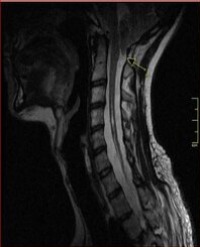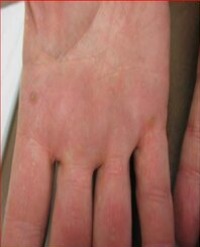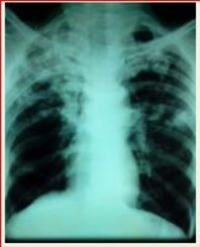
A Case of Arnold Chiari Malformation Type 1 Admitted with Hypoesthesia
Arnold Chiari malformation type I is a developmental pathology characterized by herniation of the cerebellar tonsils towards to the spinal canal through the foramen magnum. The herniation of the cerebellar tonsils can also compress or stretch anatomical structures in the brainstem, leading to various symptoms. This condition is rarely seen, due to common and non-specific complaints, it may be confused with other diseases, and patients may get misdiagnosis. In this article, a patient who applied to hospital with the complaint of hypoesthesia and diagnosed as Arnold Chiari malformation type 1 is reported.
Aykut Aytekin¹, Adem Parlak², Sedat Develi³, Safak Ekinci⁴, and Nehir Parlak⁵*




